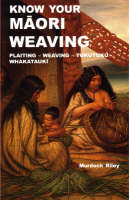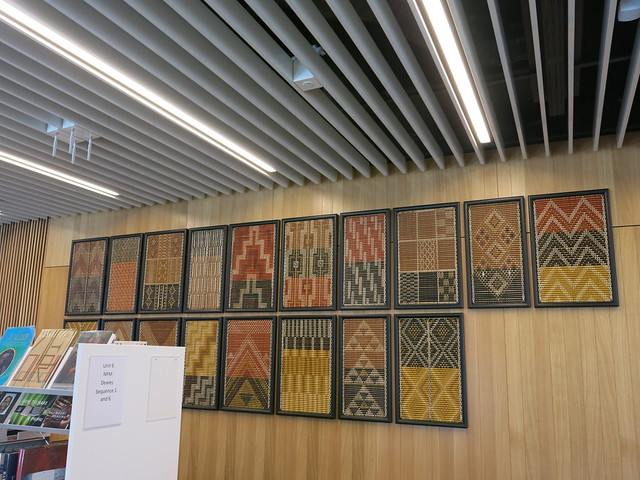Harakeke (flax)
 Harakeke (flax) was the most useful plant in New Zealand to Māori. It was used to make shelter, cloaks, baskets, mats, sails for canoes, traps for catching birds and ropes for fishing.
Harakeke (flax) was the most useful plant in New Zealand to Māori. It was used to make shelter, cloaks, baskets, mats, sails for canoes, traps for catching birds and ropes for fishing.
Large amounts of harakeke can still be found around traditional Māori pa sites where it was grown and harvested (hauhake) to provide fibre for weaving, and as medicine. The nectar from the flowers was also used to sweeten food.
Find out more about harakeke on our page for adults.
Weaving preparation
Preparing harakeke for weaving:
Cutting (tapahi)
To make sure the flax plant keeps growing, cutting must be done carefully. Flax blades must be cut with a sharp knife close to where they join the plant. You should trim off the hard part at the base of each blade and these should be returned to the plant.
Splitting (pakohu)
Each blade should provide four strips to work with and the edges need to be removed.
Sorting (whiriwhiri)
Place all the strips together length-wise, hold them in a bundle and tap them against the floor. The short strips will fall to the floor.
Scraping (hāpine)
To soften them and make them more flexible, strips of harakeke can be scraped. This helps to remove excess moisture and allows flax to dry.
Weaving techniques
These are some of the different weaving techniques that are used:
Taniko
Used to decorate the borders of fine garments, as well as bird cages, bird traps, and eel baskets. Now it is used to make belts, purses, bodices, armbands and headbands.
Tukutuku
Usually found adorning the walls of wharenui (meeting houses). There are tukutuku panels in Waruwarutū/Ngā Pounamu Māori collection at Tūranga.

Piupiu
Used to make a flax garment worn around the waist.
Whatu
Used to make fabric, especially for cloaks.
Raranga
One of the weaving techniques used to make kete (bags and baskets).
Try these weaving activities
- Making a putiputi - Guide to making a putiputi (flower) from harakeke.
- Stars of Matariki - Step by step instructions on making a star woven from harakeke.
Search our catalogue
Sources
- Auckland Museum. Patterns in Leaves and Cloth, 2001. [752KB PDF]

